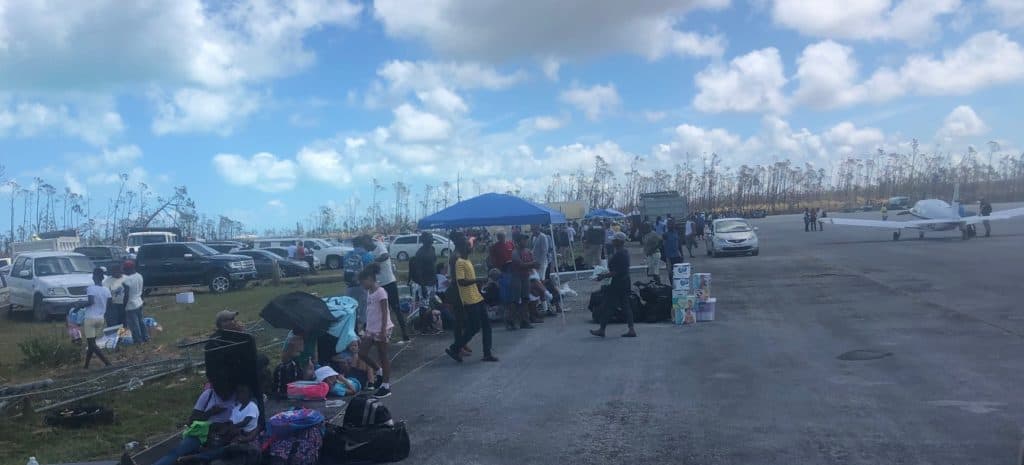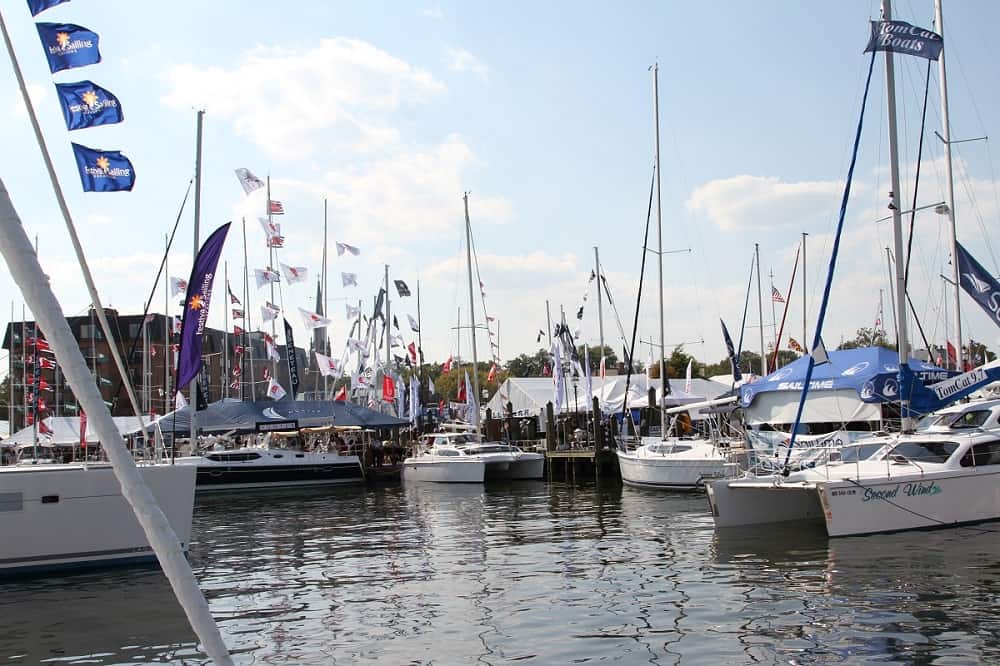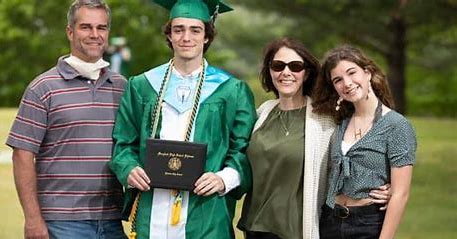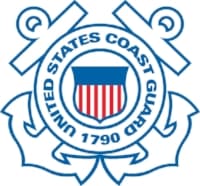A longtime Chesapeake Bay sailor– and licensed pilot– is playing a key role in the volunteer efforts to get help to the hurricane-ravaged Bahamas.
Norfolk resident Paul Werbin, a retired nurse anesthetist, lived aboard his 47-foot Jeanneau sailboat in the Bahamas for four months last winter. He knows the ins and outs of the islands, and he’s also a pilot. That makes him well-qualified to transport U.S. donations to the people who need them most.
Hurricane Dorian struck the northwestern Bahamas September 1 as a record-breaking Category 5 storm, bringing winds up to 185 miles per hour and putting entire towns underwater. It battered the islands for a full 48 hours before moving on.
Even with extensive relief missions underway, there were remote villages on Abaco Island and Grand Bahama that still hadn’t received help five days after Dorian.
Werbin joined a group that quickly mobilized from the Mid-Atlantic comprised of Tropic Ocean Airways (an airline with a fleet of large seaplanes and “caravan planes”), Skydive Suffolk (a flight company that usually drops skydivers, but can transport small vehicles), and Blue Tide Marine (a Virginia Beach-based disaster response team of ex-Navy SEALs and other former military members.)
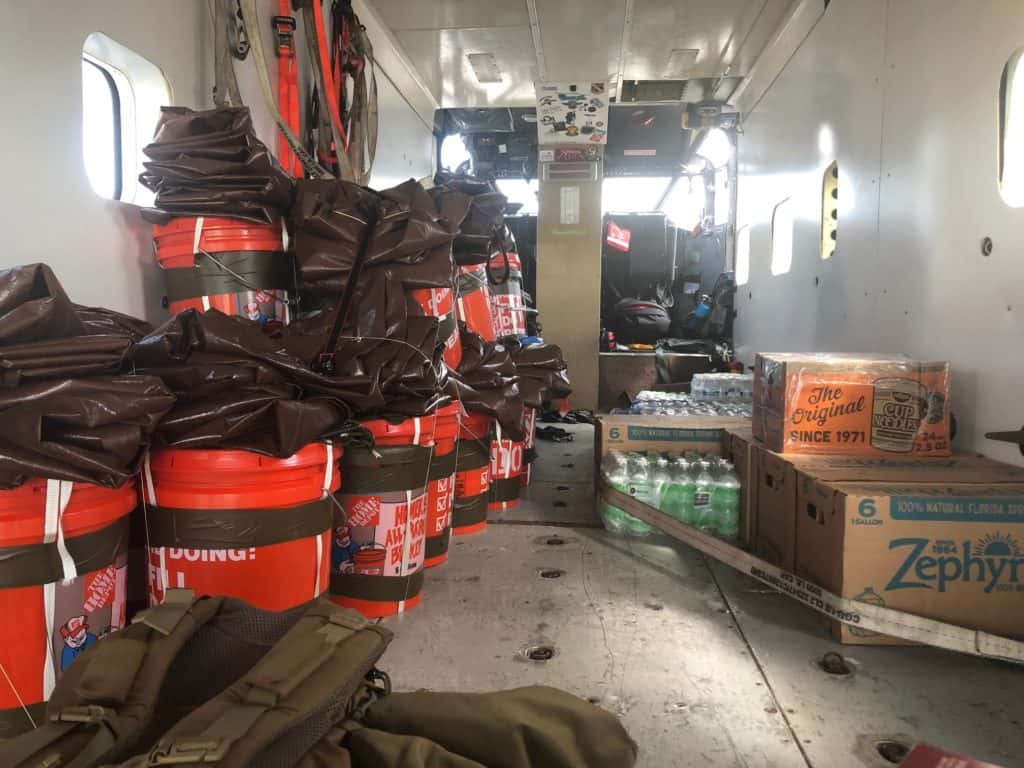
The group, which has been flying out of Fort Lauderdale, Florida, has been dropping “homemade parachute dropoffs,” buckets that each contain 15 bottles of water, a dozen granola bars, and various hygiene products, “just to get people through another day til they can get out of there,” Werbin explains.
The planes have also been transporting donated all-terrain vehicles, used by groups on the ground to reach stranded islanders. Blue Tide Marine members are using chainsaws to clear paths for those ATVs. Werbin says there are thousands of people waiting to get out, including some U.S. first responders who have been there since the storm hit.
Werbin estimates he’s made about seven trips from Fort Lauderdale to the Bahamas in the past four days. But it was the first day that hit him the hardest.
“It was absolutely utter chaos,” he tells Bay Bulletin: “People were shell-shocked.” Werbin remembers meeting a family with young kids, who he says stayed under a piece of plywood for the entire second day of 150 mile-per-hour winds.
Days later, some people are still struggling to fill basic needs. But Werbin says on his trips, he’s seen no violence or hoarding, and everyone is “incredibly grateful” for the aid.
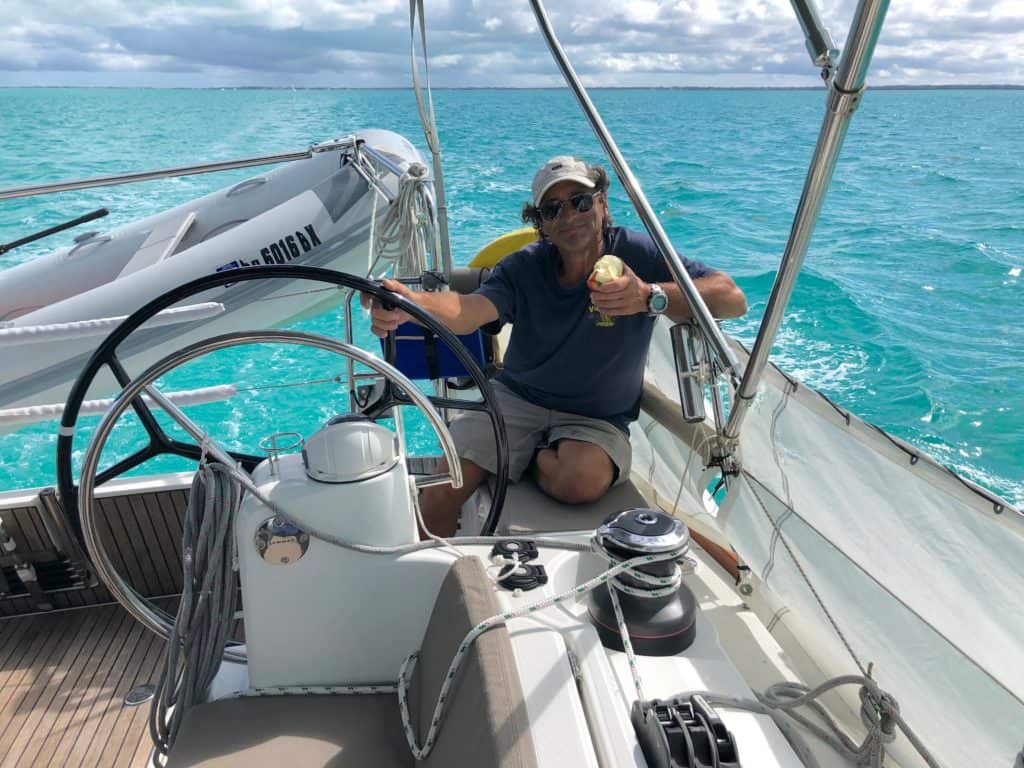
It’s clear that the Bahamian islands, the way Werbin experienced them while cruising last winter, will never be the same.
“Marsh Harbour was the third biggest town in the Bahamas…it’s gone. A restaurant was moved 200 yards away. There are so many sunken boats in the harbor, it probably can’t be reached by boat, even.”
If you want to help hurricane victims in the Bahamas, you can donate money or goods through the Grand Bahama Disaster Relief Foundation, which is tax-deductible and organized by the Coastal Community Foundation of South Carolina. The American Red Cross is also accepting monetary donations of $10 and up.
-Meg Walburn Viviano

